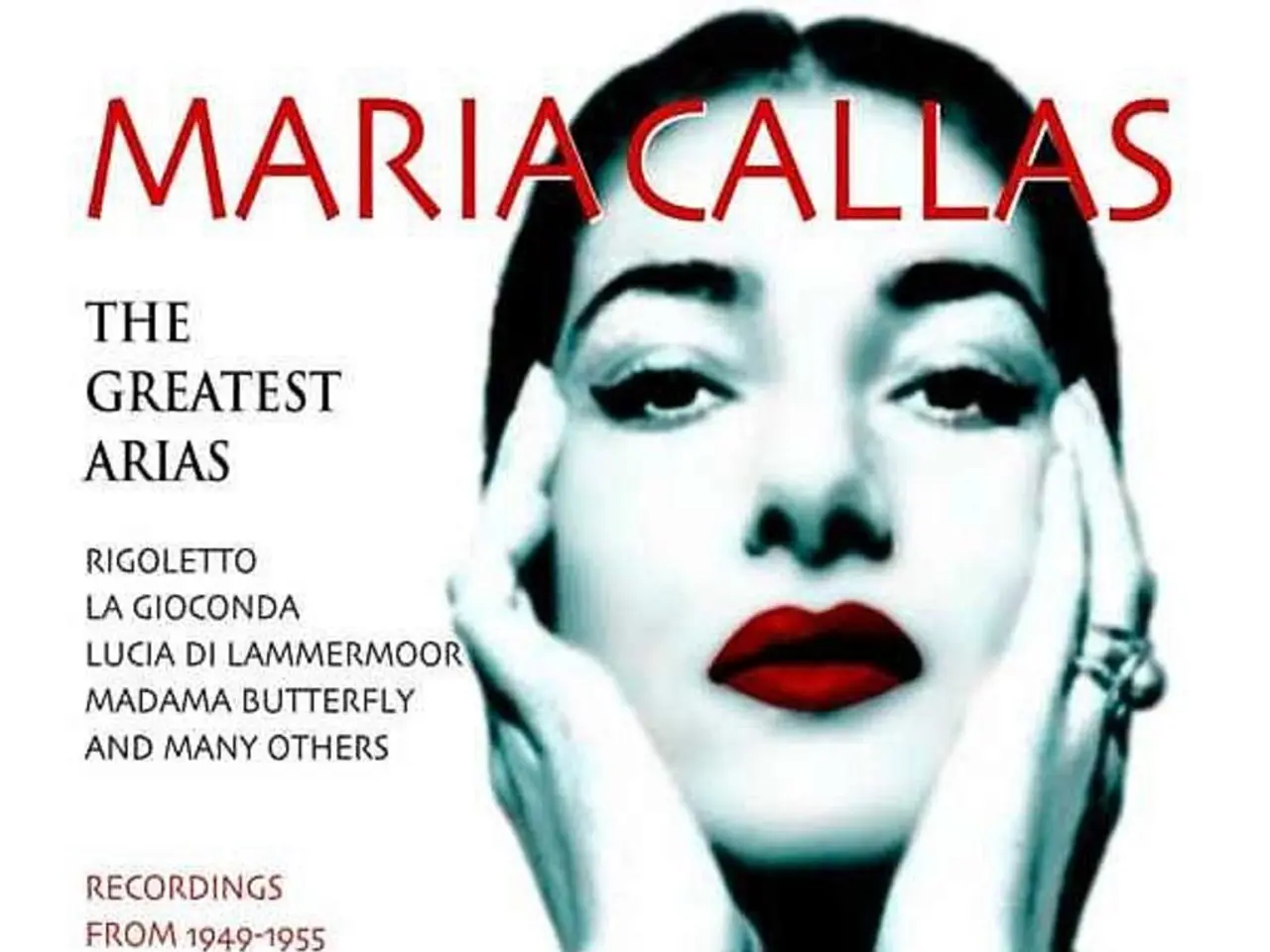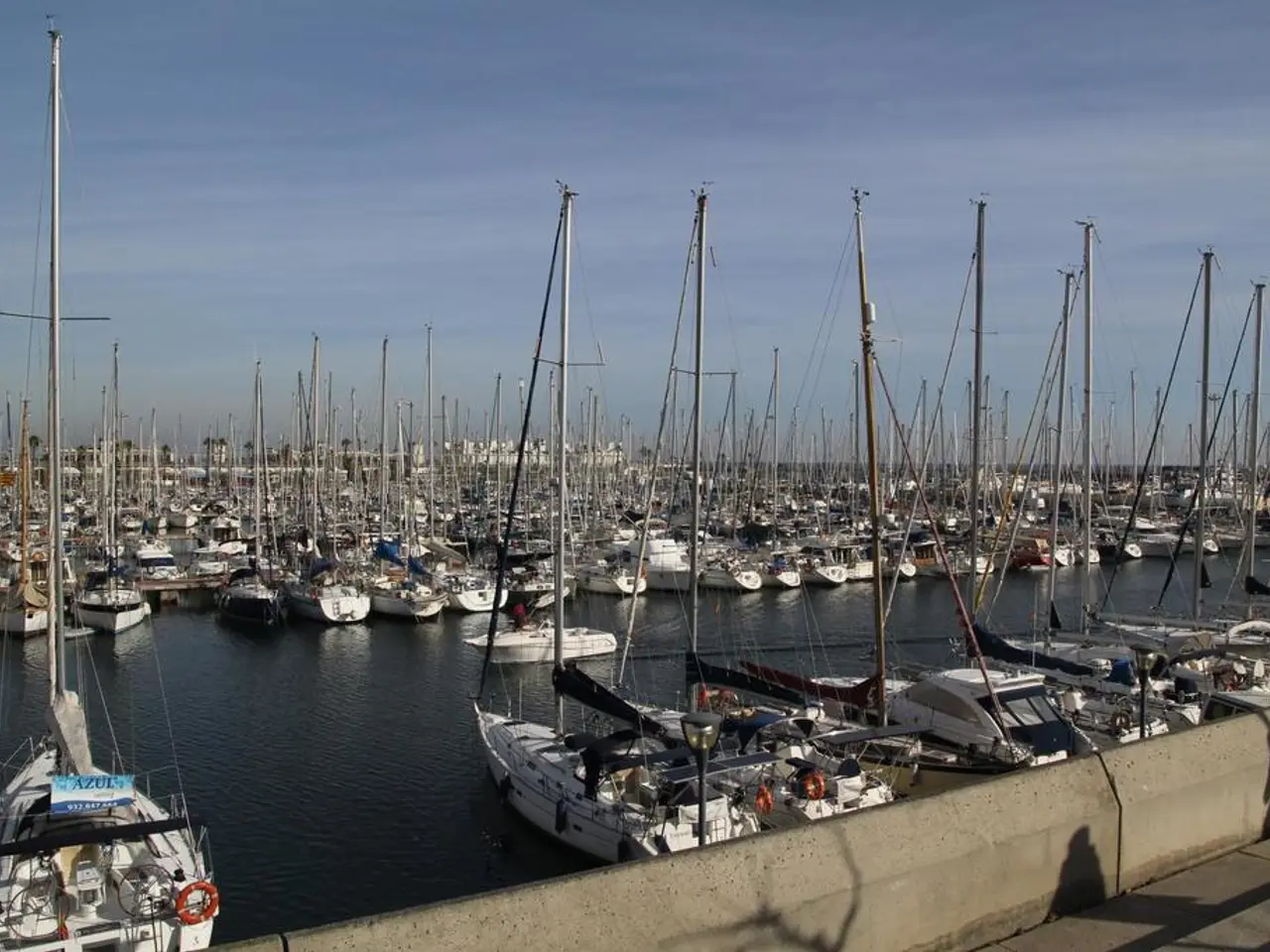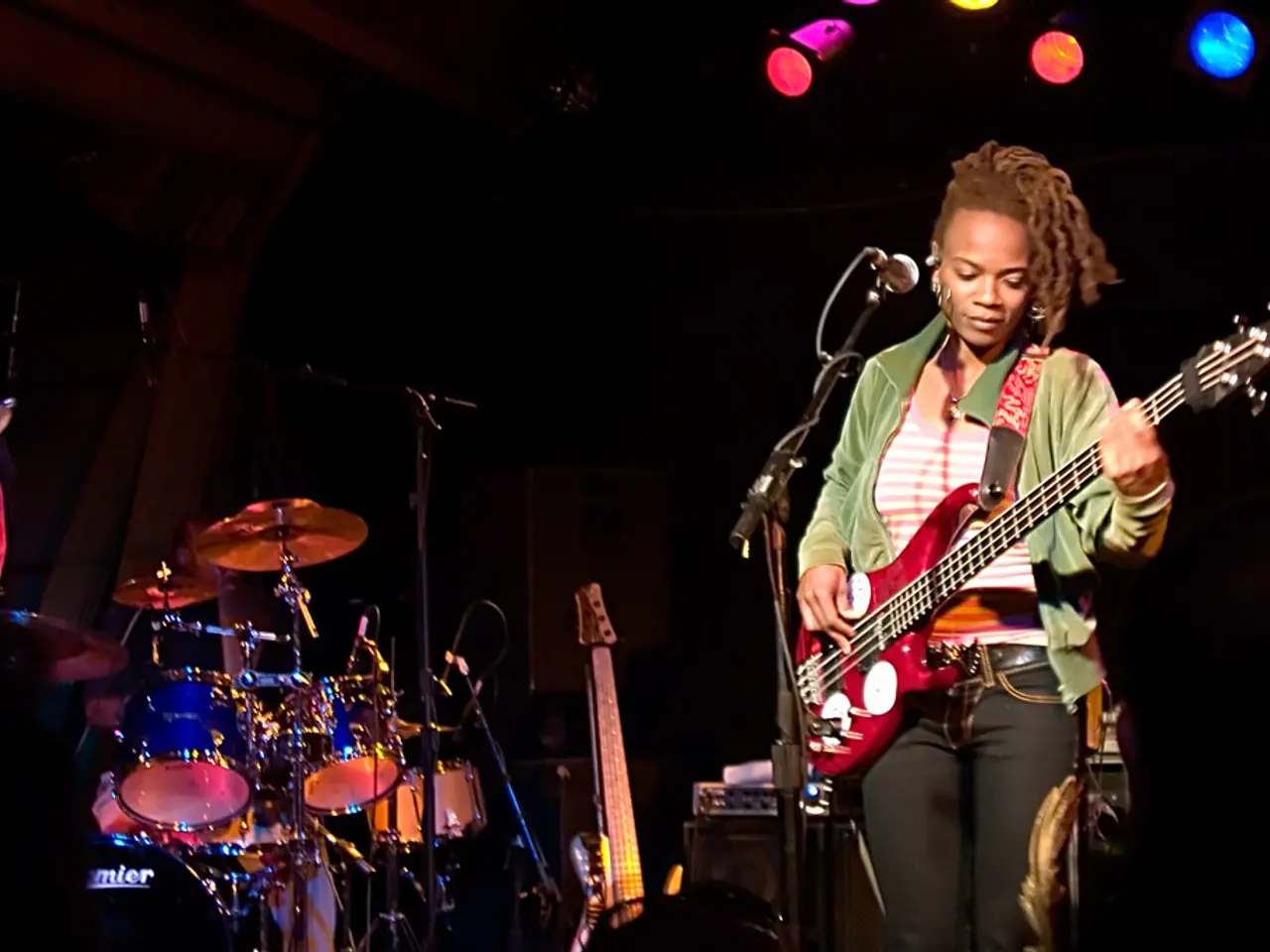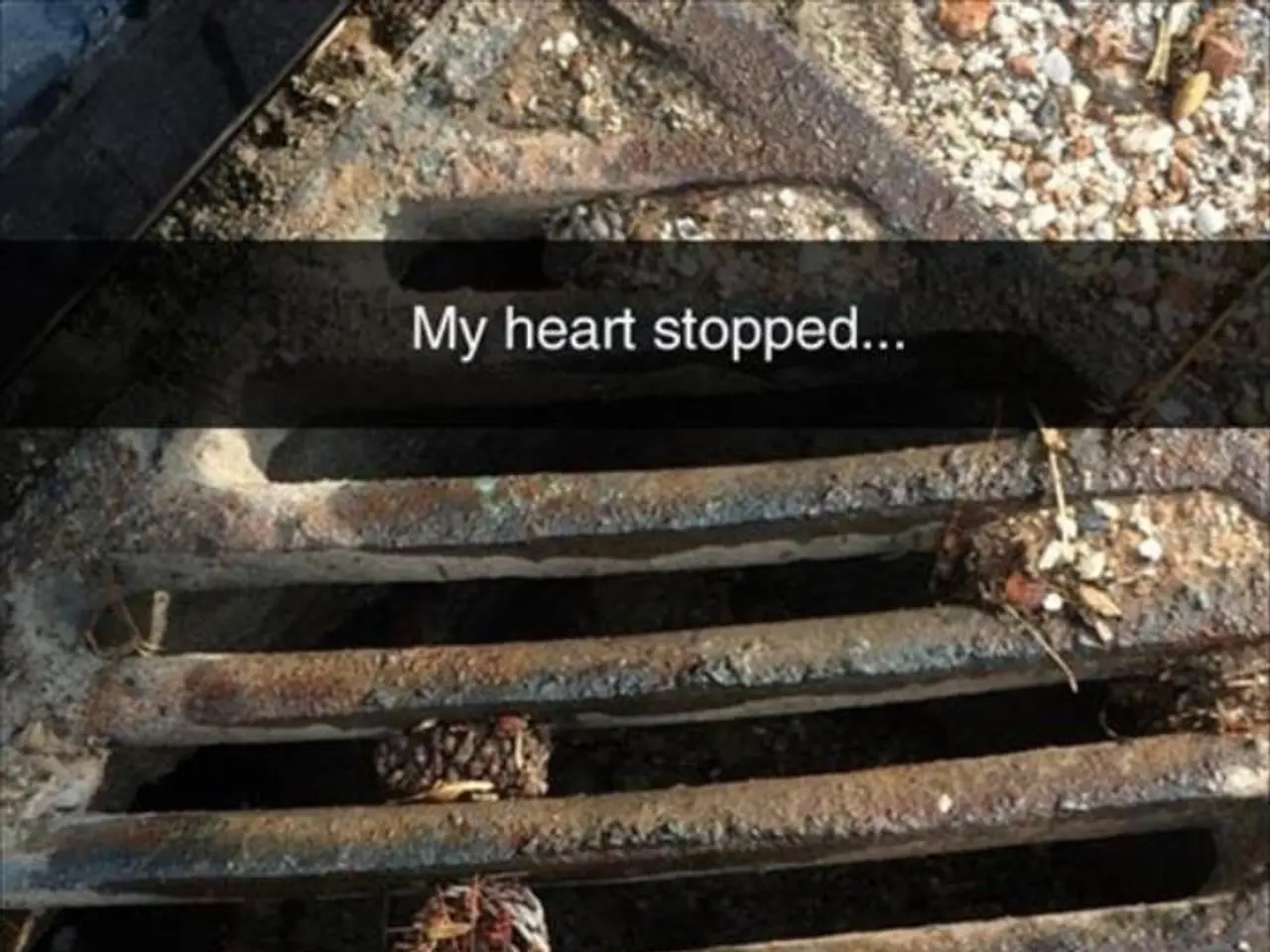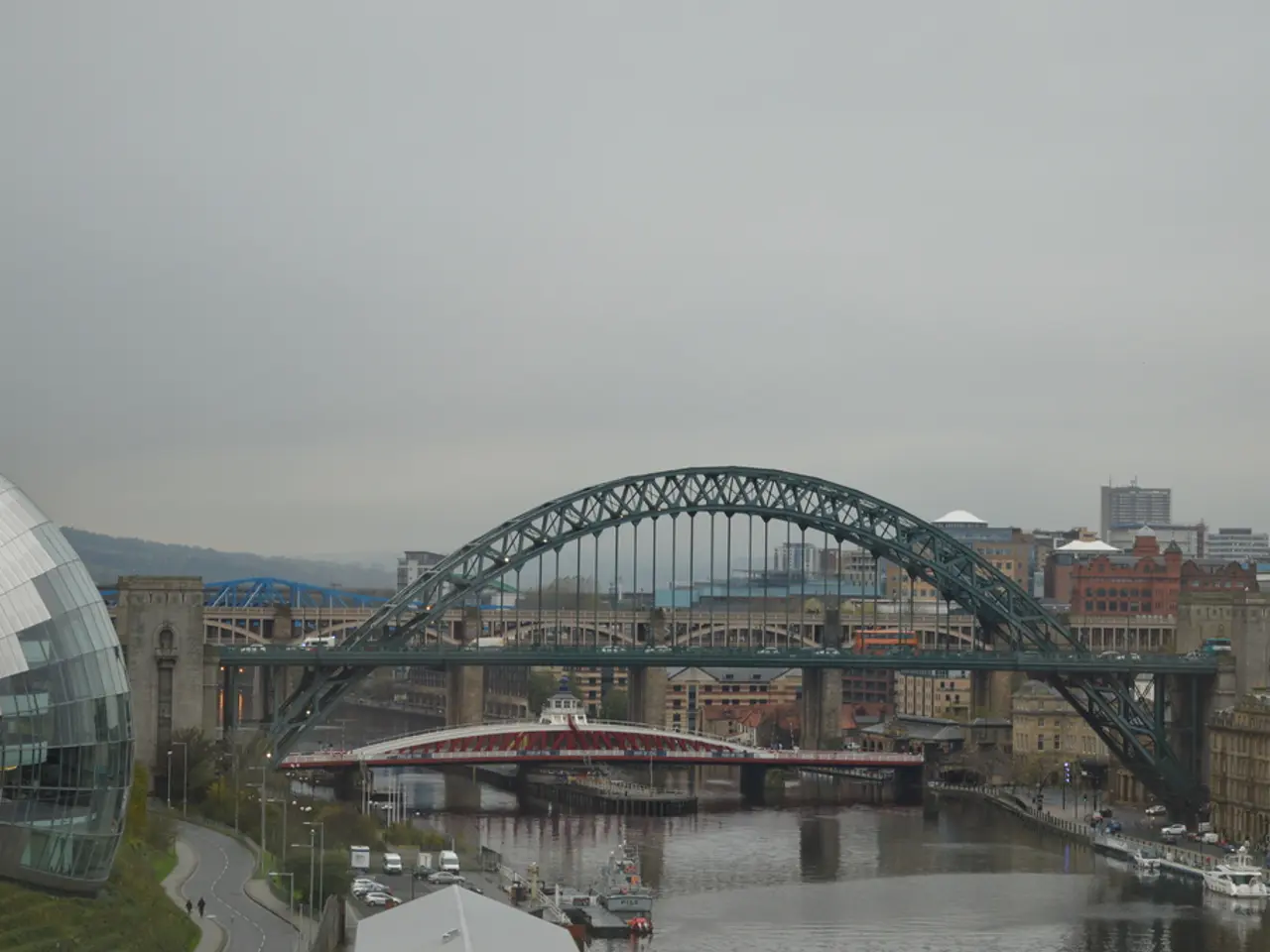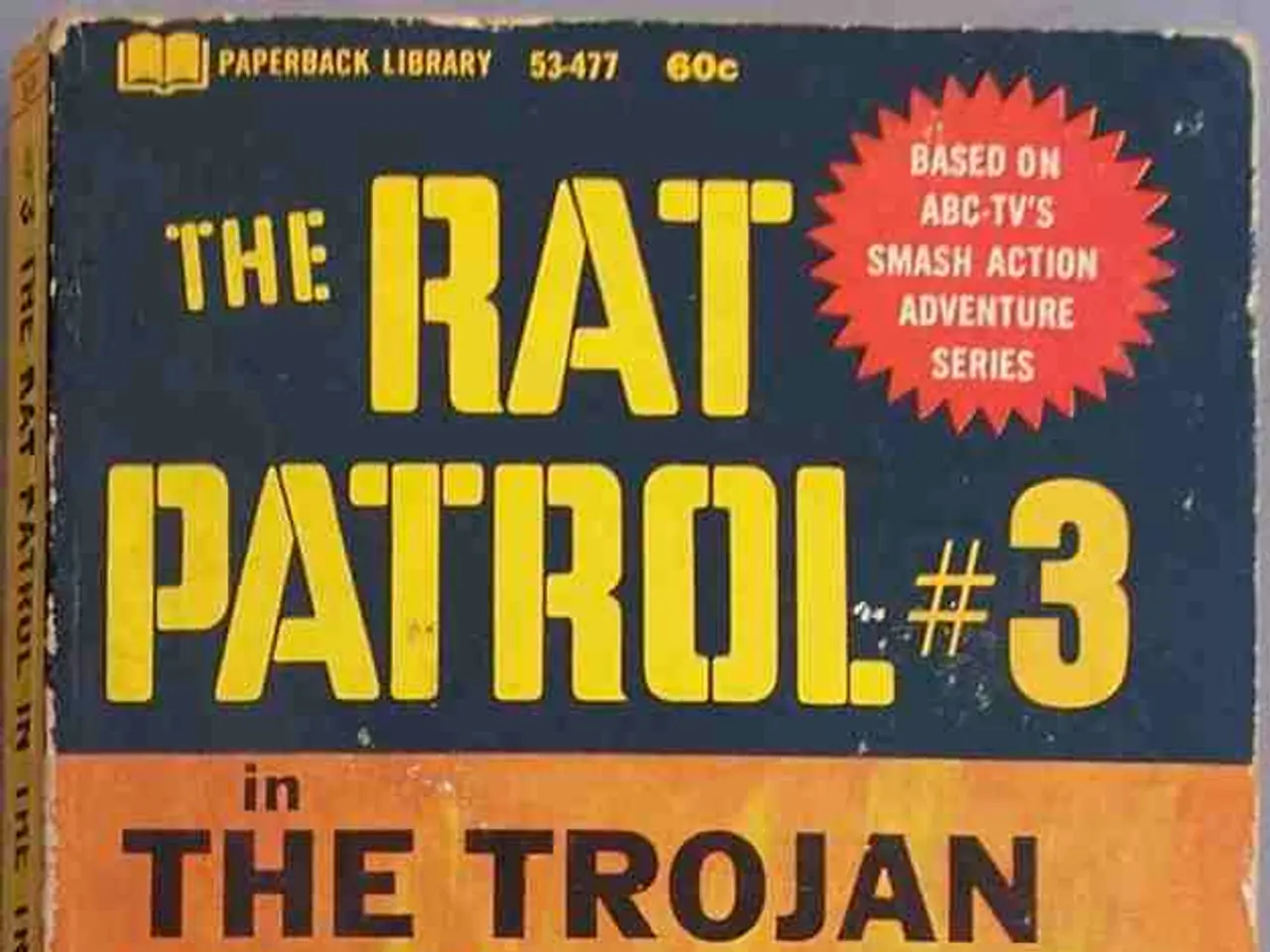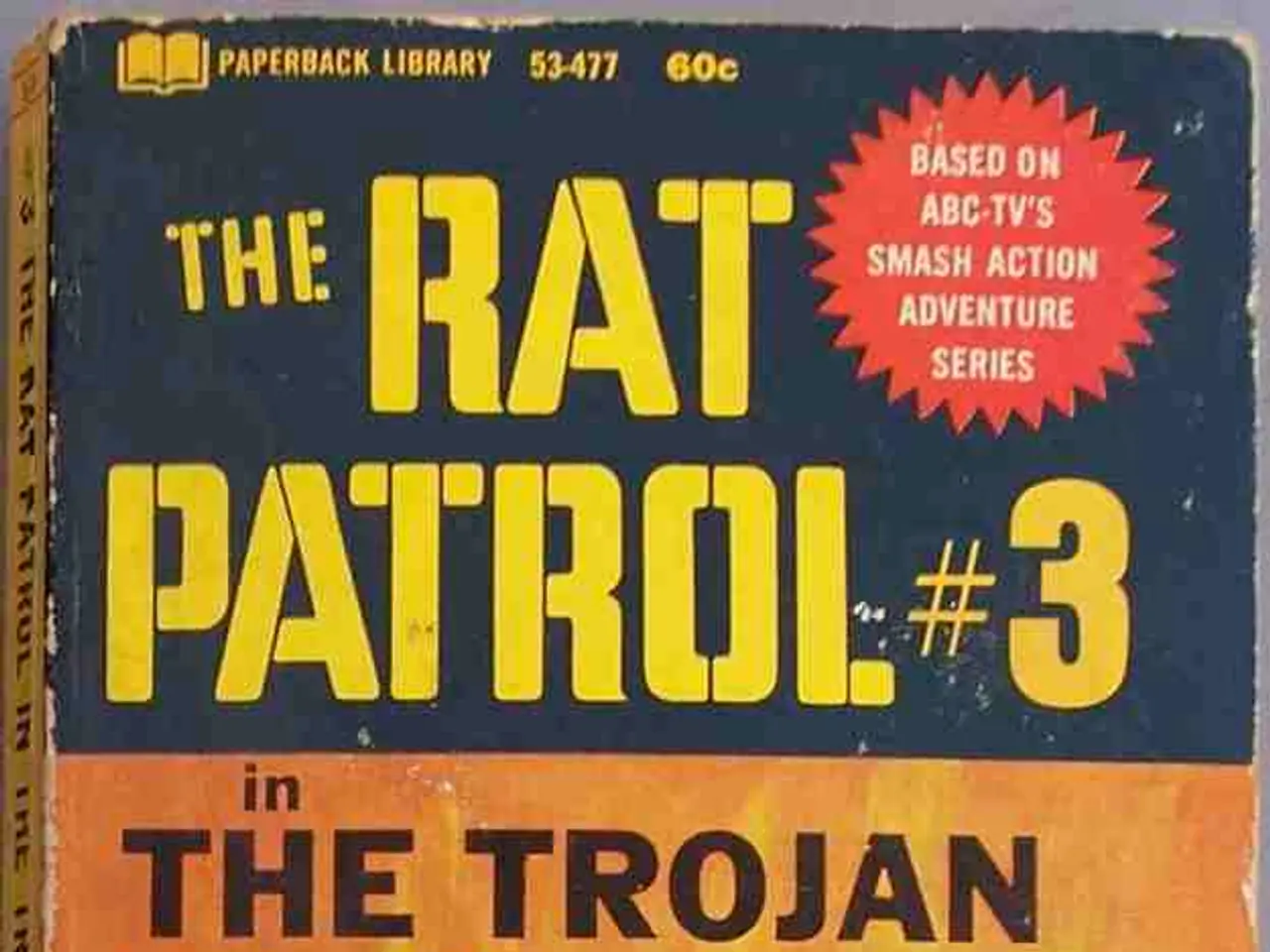Green Deal's Advocate, Anne Takes Center Stage
In the world of television, the series Anne with an E has sparked a significant debate among viewers and critics. The show, a modern retelling of Lucy Maud Montgomery's classic story Anne of Green Gables, has transformed its protagonist, Anne Shirley, into a social justice warrior (SJW).
This transformation has not been met without controversy. Some argue that giving Anne modern social justice perspectives and attitudes clashes with the cultural and social realities of the 1890s, a time period in which the original novel was set. This rewrite is seen as imposing contemporary values on a character from a distinctly different historical period, which can detract from the authenticity of the story's late 19th-century setting.
Anne, in the original novel, was depicted as imaginative, talkative, and eager to please, but not explicitly political or an activist for social causes as a social justice warrior would be understood today. Critics argue that Anne with an E shifts her character into a more overtly activist and socially conscious figure, diverging from the original portrayal.
Some audience members find this interpretation annoying or forced, feeling that Anne’s emphasis on progressive ideals can come off as preachy or contrived rather than organic to her character development. This perception can alienate viewers seeking a faithful adaptation or a more subtle approach.
While Anne with an E is praised for bold new storylines, some see the social justice elements as didactic or detracting from the story’s charm and emotional depth, leading to a divide between fans of traditional versus modernized interpretations.
The author argues that distrust of strangers and aliens is an ancient, deeply ingrained instinct. However, they caution against the use of ideological "presentism" and the falsification of historical settings in storytelling. This criticism is specifically levelled at Moria Walley-Beckett's Anne with an E, which has been criticized for its anachronistic portrayal of Anne Shirley as a social justice warrior.
Despite the praise and criticism, Anne with an E was cancelled after three seasons, leaving many fans and critics questioning whether the show's transformation of the beloved character and its bold social themes were too much for some audiences. The controversy highlights the challenges in adapting classic literature with modern social themes, striking a delicate balance between historical accuracy and modern reinterpretation.
The transformation of Anne Shirley into a social justice warrior in the series Anne with an E has sparked debates, with some criticizing it for imposing contemporary values on a character from a different historical period, affecting the authenticity of the story's setting. This critique can also be extended to the depiction of Anne as an overtly activist and socially conscious figure, perceived as preachy or contrived by some viewers.
Criticisms against Anne with an E include the use of ideological "presentism," where historical settings are falsified, particularly in the portrayal of Anne as a social justice warrior, which has been singled out as anachronistic. This issue is complex when adapting classic literature with modern social themes, requiring a delicate balance between historical accuracy and modern reinterpretation.
